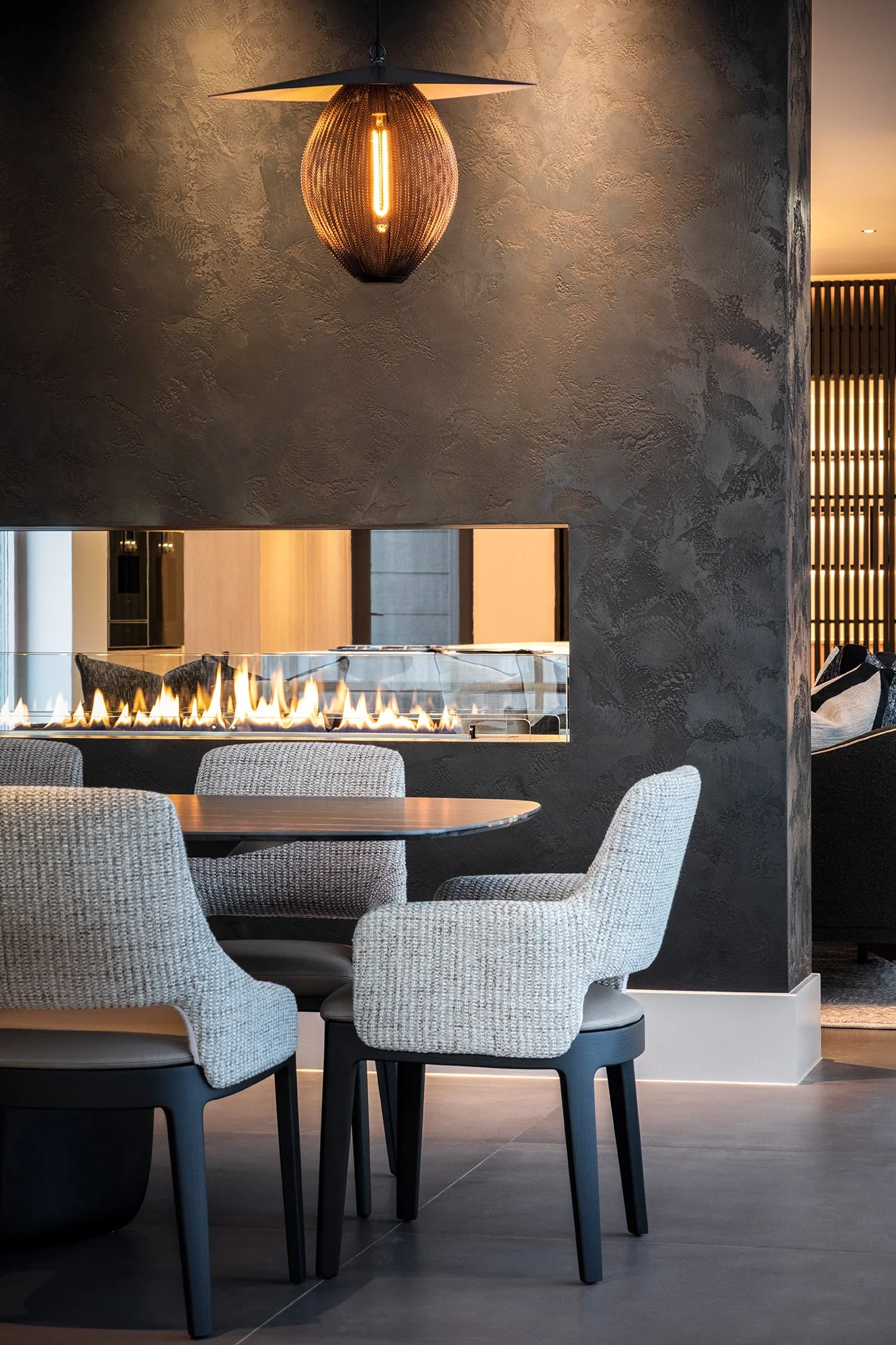The Importance of the Circular Economy In Lighting Design
As a design practice, we are committed to creating environmentally responsible solutions. One of the most effective ways to achieve this is by applying circular economy principles to our lighting designs.
A circular economy focuses on reusing and regenerating materials and products to support ongoing, sustainable production. In lighting, this means manufacturers develop fixtures that can be repaired, have components replaced or recycled, and be reused to extend their lifespan. As awareness of circular economy principles has grown, their adoption in both residential and commercial lighting has increased, driven by environmental and financial advantages.
The primary benefit of circular economy lighting is the reduction of waste and pollution. By choosing products that are reusable, recyclable, and repairable, we decrease the need for new raw materials, lower embodied carbon, and minimise landfill waste. This approach also conserves energy and resources during manufacturing.
For end users, circular economy lighting offers cost savings. Products designed for repair and longevity reduce the frequency and expense of replacements. Energy-efficient options further lower utility bills.
Key strategies include:
Specifying and designing lighting only where necessary, prioritising low-impact products
Using sustainable materials and manufacturing processes
Maximising product lifespan through reuse, repurposing, repair, and remanufacturing
Implementing responsible end-of-life policies when disposal is unavoidable
In summary, investing in circular economy lighting reduces waste, saves money, and lessens the demand for raw materials. By selecting products that can be reused, recycled, or repaired, users can lower their environmental impact and benefit from long-term savings.

